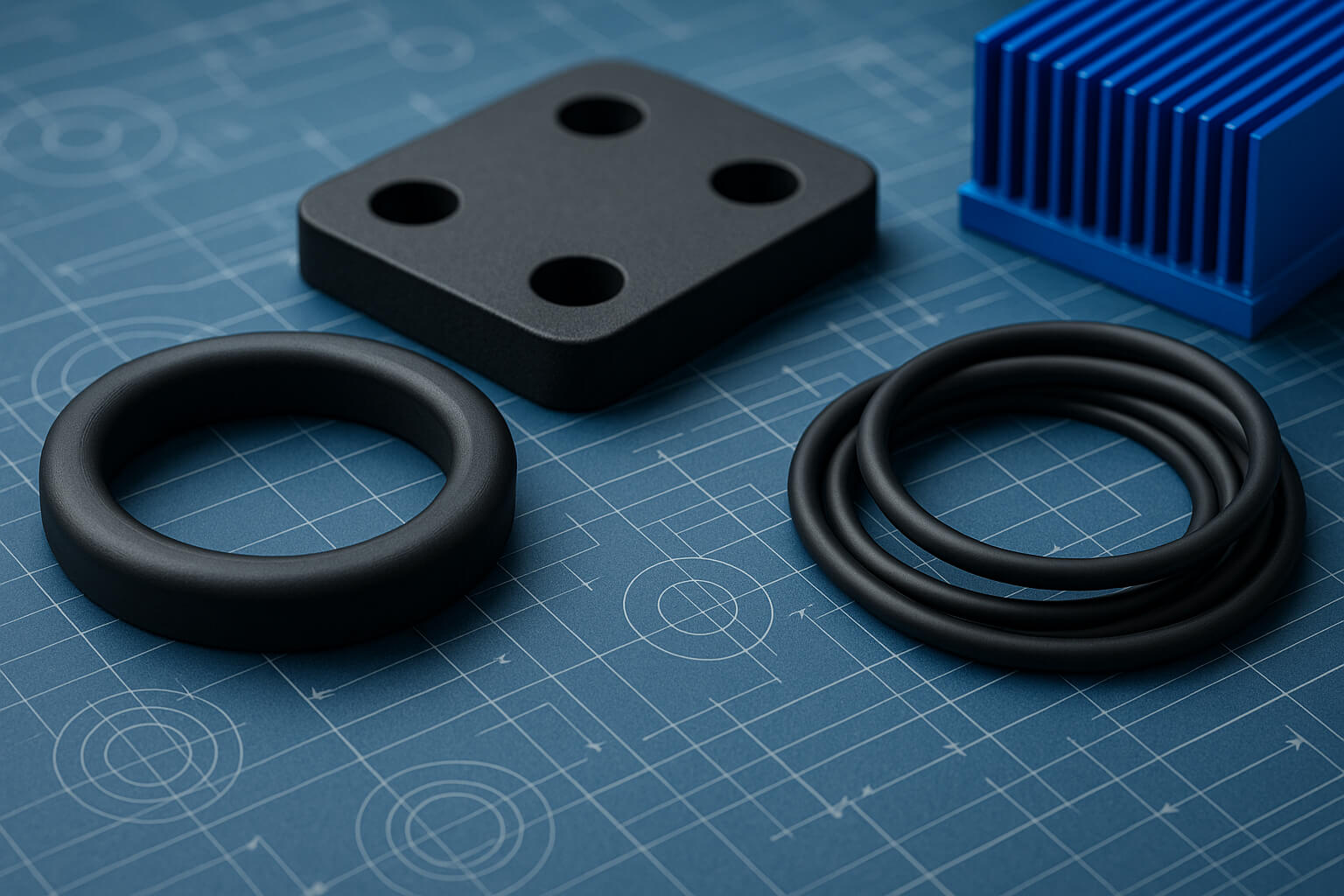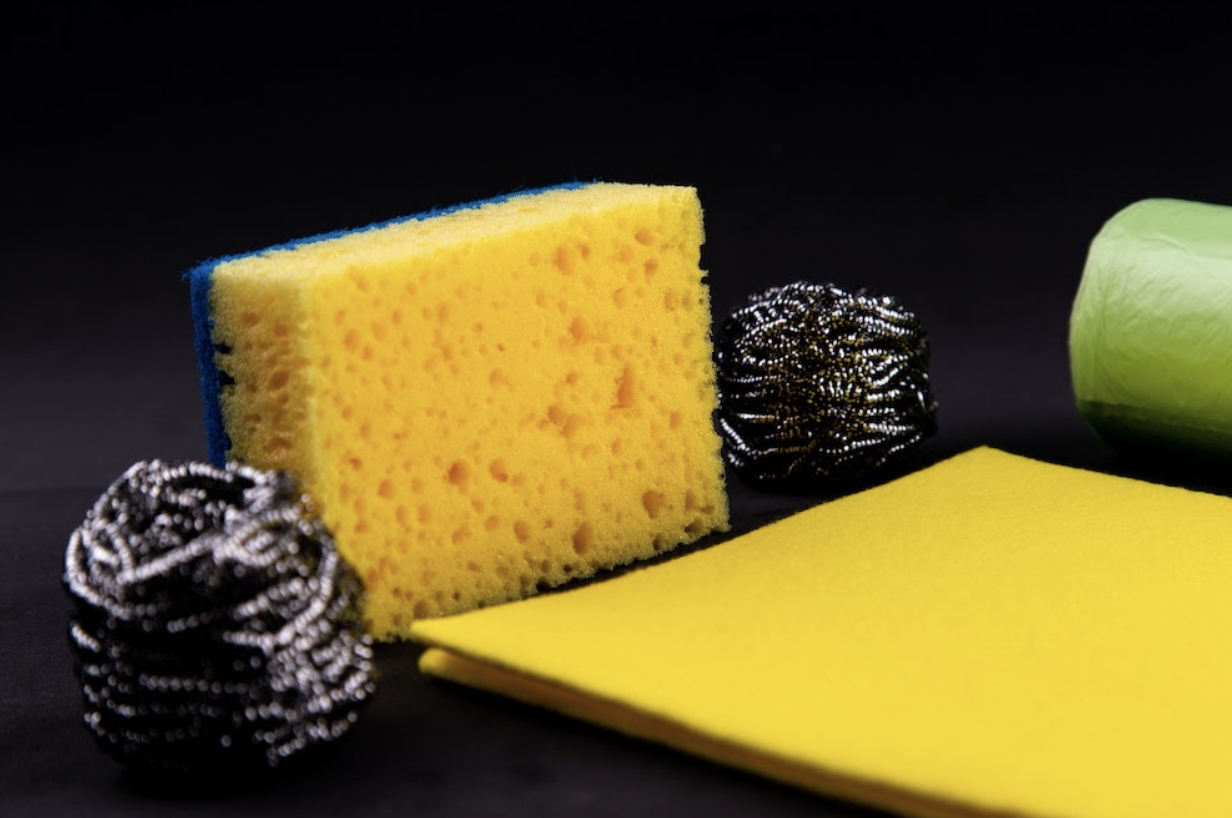
Silicone elastomers are essential materials in modern engineering, providing flexibility, durability and high-performance capabilities across various industries. Their compressibility, combined...

When choosing a material for your project, you need to know two things:
In the world of foam, you have two general options: open cell and closed cell. Which one you choose to use depends on what you want to do with it.
Each kind of foam has pros and cons, but, more importantly, each type has different functions. Your decision will be much easier once you know the roles these foams play in regards to air, liquid, dust, debris, and sound.
Here’s what you need to know about open cell foam, including its best applications and when to avoid using it.
First, let’s explain how foam is manufactured:
During this process, cells are created and filled with gas or air. The foam is classified as open cell when the majority of the cells rupture and release gas or air. The cell walls remain, but there’s nothing left inside them.
There are two different levels of open cell foam. The first level is when most of the cells rupture. The secondary operation is called reticulation, when all of the cells are ruptured electronically or chemically.
Open cells make foam semi-permeable, which means it’s easier for air, sound, and liquids to pass through. This kind of foam will return to its original shape after compression. It’s usually soft and breathable.
Open-cell foam can be made at both high and low densities. It has to be compressed to be able to seal out air and other elements. Open-cell foam is cost-effective and can serve many purposes.
You want to incorporate open cell foam into a project when you need to absorb sound, control airflow, or retain shape.
Open cell foam is often used for acoustical absorption. In a recording studio, you don’t want music bouncing off the walls and affecting production. This type of foam absorbs the sound.
In gaskets, open cell foam can be compressed to form an airtight seal. If water is not a concern, and you only need to keep out air, this kind of foam can be less expensive to use.
When a product needs to keep its original shape, open cell foam is a springy solution. It’s used in couch and chair cushions, as well as clothing. This foam enables flexibility.
Other uses for open cell foam include thermal insulation in dry environments and air filtration. Reticulated foam is great for air conditioner filters, humidifier pads, and face masks.
You do not want to use open cell foam in your project if you’re trying to block sound, keep out liquid, or add support.
Let’s say you’re operating loud machinery in a garage, but you don’t want the noise to carry over into the kitchen. If you use open cell foam insulation, the sound will be absorbed and heard throughout the rest of the house.
If you’re working on a gasket that needs to block out both air and water, open cell foam would not be the right material to use. It would absorb liquid, cause leaks, and defeat the original purpose of being waterproof.
Open cell foam is not very strong. So if you’re shipping breakable items or forming protection barriers, this foam is not your friend. It’s not firm enough to absorb the impact of an outside force.
In all of the above cases, you would likely use closed cell foam instead. This type of foam creates a sound barrier, blocks liquid, and has strength.
There’s also a hybrid of open cell foam and closed cell foam called crushed foam. It undergoes two procedures: making a closed cell foam, and then crushing a certain amount of cells. Crushed foam is good for fitting irregular surfaces because it’s flexible yet retains sealing qualities.

Now you know more about how open cell foam is made, its best uses, and its worst applications.
Open cell foam is good for:
Open cell foam is NOT good for:
Hopefully, you have enough information to decide whether open cell foam is the right choice for your project or if you should search for another material. Either way, you now know there are a few types of foam available to suit your needs.